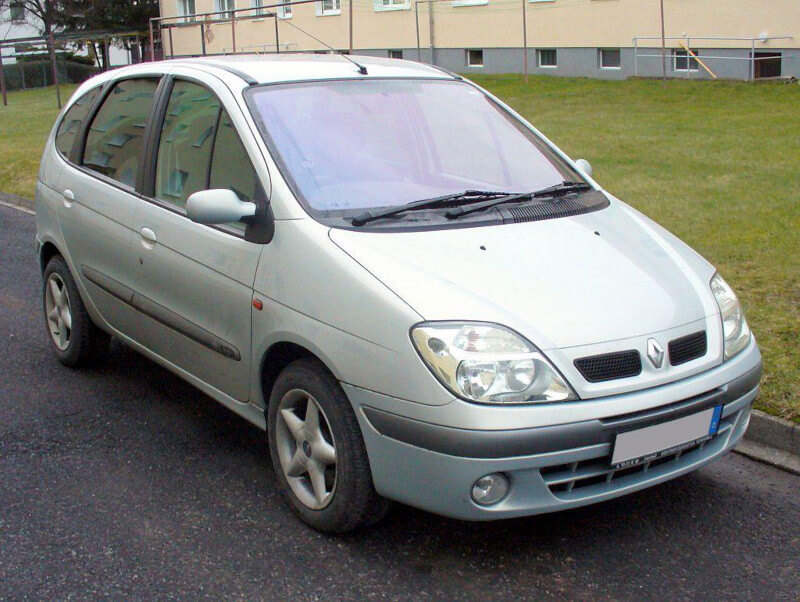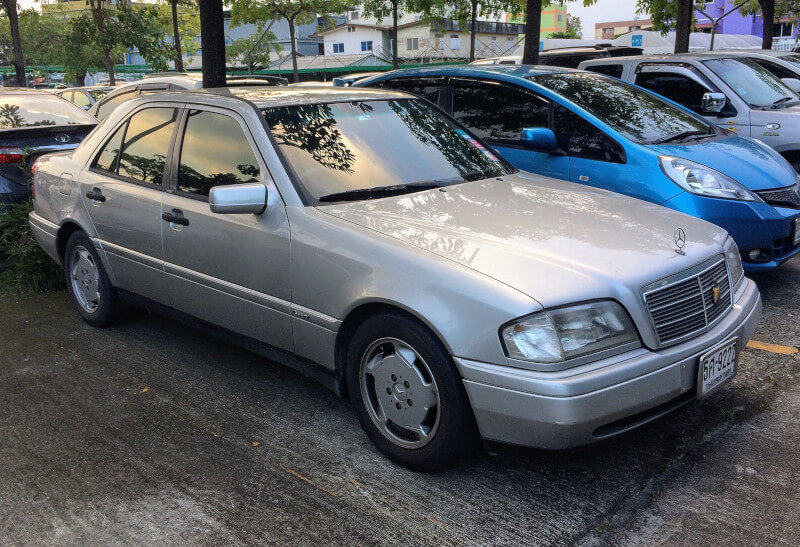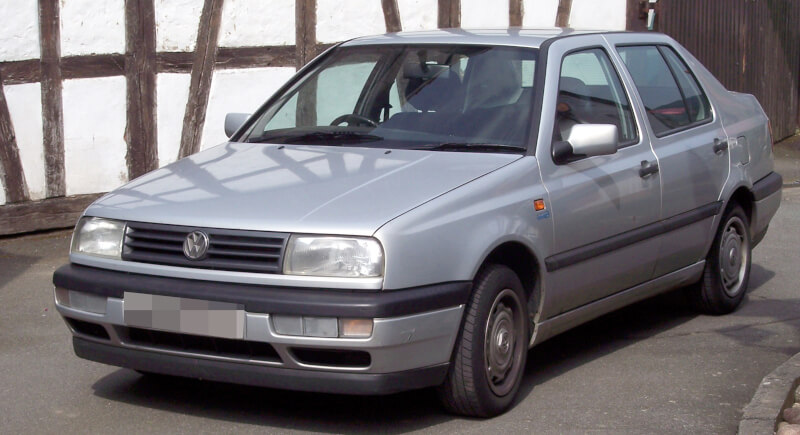It was 1995, and South Africa was a newly emerging democracy that was completely immersed in the glory of the country’s first-ever victory in the Rugby World Cup. This victory helped bring together a country that had been deeply divided.
There was a great deal to look towards in the automotive industry as well, as the industry was gradually opening up as a result of the easing of sanctions, and a new Motor Industry Development Programme was created, which would ultimately motivate local manufacturers to undertake export programs that would enable them to manufacture fewer models, but at larger quantities.
Imported designs were still fairly uncommon in 1995, even though progress was picking up on that front with the recent arrival of brand names such as Alfa Romeo, Peugeot, and Volvo, and the initiation of Hyundai. However, it would take until the flip of the millennium before South Africa’s car exports would begin speeding up in a significant way. Until then, the country’s exports of automobiles would not begin to increase.
So, How Much Did Brand-new Automobiles Cost in South Africa in the Year 1995?
Bear in mind that the purpose of this article is not to conduct an exhaustive study of rising prices or accessibility; rather, it is to take a light-hearted look at the types of automobiles that were obtainable to consumers 25 years ago, as well as their prices and how those prices compared to one another. The reality is that automobiles were considerably more affordable back then; however, people’s incomes were also substantially lower. Despite the pandemic, new vehicle sales in South Africa are still holding their own
Prices of Cars in South Africa in October 1995
According to the edition that was published on October 19, 1995, the Volkswagen Citi Golf Chico was indeed the least expensive car available in South Africa 25 years ago, and it could be purchased for the price of R33,950. The Porsche 911 Turbo came in at R799 000 as the most expensive vehicle on the list.
Competition for Low-tier Prices
Mazda and Ford reduced the entrance prices of their 323 and Laser twins through the emergence of stripped out of ‘Tracer’ and ‘Midge’ derivatives priced at R34 357 in 1995, which coincided with the outbreak of a price war at the bottom end of the market. This occurred at a time when a young democracy was increasingly eager to get on the move. As was mentioned previously, VWSA had also joined this conflict with their even more affordable R33 950 Chico. The Rosslyn assembly plant’s Fiat Uno lineup would quickly respond with lower-priced models called the “Mia” and “Cento.”
However, in 1995, the least expensive Conquest sold for R51 039, and we feel deep sympathy for the individuals who purchased a vehicle for that premium, not realizing that the Tazz was coming. The following year, Toyota would join the price war with its own Conquest-based Tazz.
In the year 2020, the Suzuki S-Presso 1.0 GL will cost R145 900, the BAIC D30 1.3 Comfort will cost R149 900, the Mahindra KUV 100 1.2 Nxt will cost R151 999, the Suzuki Celerio 1.0 GA will cost R153 900, and the Renault Kwid 1.0 Expression will cost R153 900. These are the five cars that will be the least expensive to purchase in South Africa (R162 900).
The Compact Premium Segment

However, there was a great deal more to the auto market 25 years ago than only entry-level vehicles, and with an affluent population came a surge in the compact premium segment, which until recently had already been steamrolled by BMW’s 3 Series. This boom occurred in the compact segment of the market.
Even though the E36 BMW 3-Series was widely regarded as the best possible “starter kit” for younger professionals looking to advance their careers, there was an abrupt increase in the amount of competition after Audi introduced the very first A4 in late 1995 and Mercedes presented the first C-Class the previous year.
Mercedes-Benz C180 Classic

The Audi A4 is the most expensive of the three, with prices ranging from R103 869 for the 1.8 base model to R169 613 for the 2.8E automatic. All three were manufactured in South Africa. The base model of the new 3 Series, the 316i, would cost you R108 800, while the top-of-the-line M3 would cost you R258 200. The price of an automatic transmission for the 328i would be R177 300. The price of a brand-new Mercedes-Benz C-Class ranged from R116 500 (for the C180 Classic) to R198 300.
For comparison, the base price of an Audi A4 today is R644,000, whereas the base price of a BMW 318i is R667 724, and the base price of a Mercedes C180 is R723 600; however, it is important to note that newer cars offer significantly more in the manner of comfort and technology.
Luxury Cars for the Wealthy Tycoon
For those in the market for a bigger executive sedan in 1995, there were many options available, including the BMW 5 Series (priced between R208 100 and R298 900), the BMW 7 Series (priced between R385 300 and R510 000), the Audi A6/S6 (priced between R174 515 and R275 000), the Audi A8 (priced at R390 000), the Mercedes-Benz E-Class (priced between R165 600 and R270 800), (R169 970 – R219 970).
Before luxury SUVs like the BMW X5, Mercedes GLE, and Britain’s Range Rover line-up emerged as the rage at the high-end segment of the market, these were the go-to options for business executives. In 1995, the only model of Range Rover available was the larger one, which started at R349,000.
Middle Range Compact Sedans
These were a common pick between many company car drivers and individuals looking for family-sized wheels. These cars were priced somewhere in the middle of the price spectrum.
In those days, the Toyota Corolla 160i GLE (priced at R73 815), the Opel Astra 160i E (priced at R77 241), the Mazda 160 E (priced at R76 277), the Honda Ballade 150 Lux line (priced at R78 000), the Nissan Sentra 160 GX (priced at R75 110), or the Volkswagen Jetta CLX would have been your best options (R76 991). It’s hard to believe, but neither the Nissan nor the Volkswagen came equipped with air con as standard.
Third-generation Volkswagen Jetta

The Jetta VR6 was an alluring efficiency option with a price tag of R128 212, and consumers could purchase the Golf version for a few thousand rands less money. If you were in the market for a car with a little more pizazz, the Jetta VR6 was an appealing choice. The GTI of that period, on the other hand, is not even remotely deserving of mention. The Opel Kadett and Astra 200 TS turbocharged designs, which were created locally and began at R127,100, are examples of something exceptionally rare.
Even though cars are now significantly more substantial, the Toyota Corolla market segment is a pale reflection of its former self when measured in terms of sales. With prices beginning at R380 200 for a Corolla, R410 000 for a Honda Civic, and R366 100 for a Mazda3, it’s not hard to understand why these automobiles aren’t as popular as they once were. The locally assembled Corolla Quest, on the other hand, competes with this trend with its starting price of R265 000.
Where Do We Stand With the Bakkies?

Even though SUVs remained a very unique find 25 years ago, double cab bakkies were beginning to increase in popularity, and one popular choice was the Isuzu KB 280 DT LE (starting at R119 775). This vehicle was the forerunner of the elevated turbodiesel double cab trend in South Africa, however by 1995 Nissan also presented a 2.7 turbo diesel double cab (from R130 356). Since the 1980s, Toyota’s gasoline-powered double cab lineup has been extremely well-liked in South Africa, even though the company had not yet adopted the turbocharging technology. R135 937 was the price listed for a Hilux 2.4 D/Cab raider in the year 1995.
However, similar to the situation today, the single-cab “workhorse” spec bakkies were indeed prevalent fleet cars. In 1995, you could purchase a Toyota Hilux 1.8 S short-wheelbase for R62 493, a Mitsubishi Colt 1600 for R56 000, a Mazda B1900 for R58 371, or an Isuzu KB200 for R63 089, all of which were cheaper than the price of a Toyota Hilux 1.8 S today.
The cheapest single-cab model available, the Toyota Hilux 1.8 S, will set you back R291 100 today, whereas the most costly double-cab 4×4 design, the Legend RS automatic, will cost you R851 100.
Source: iol.co.za

